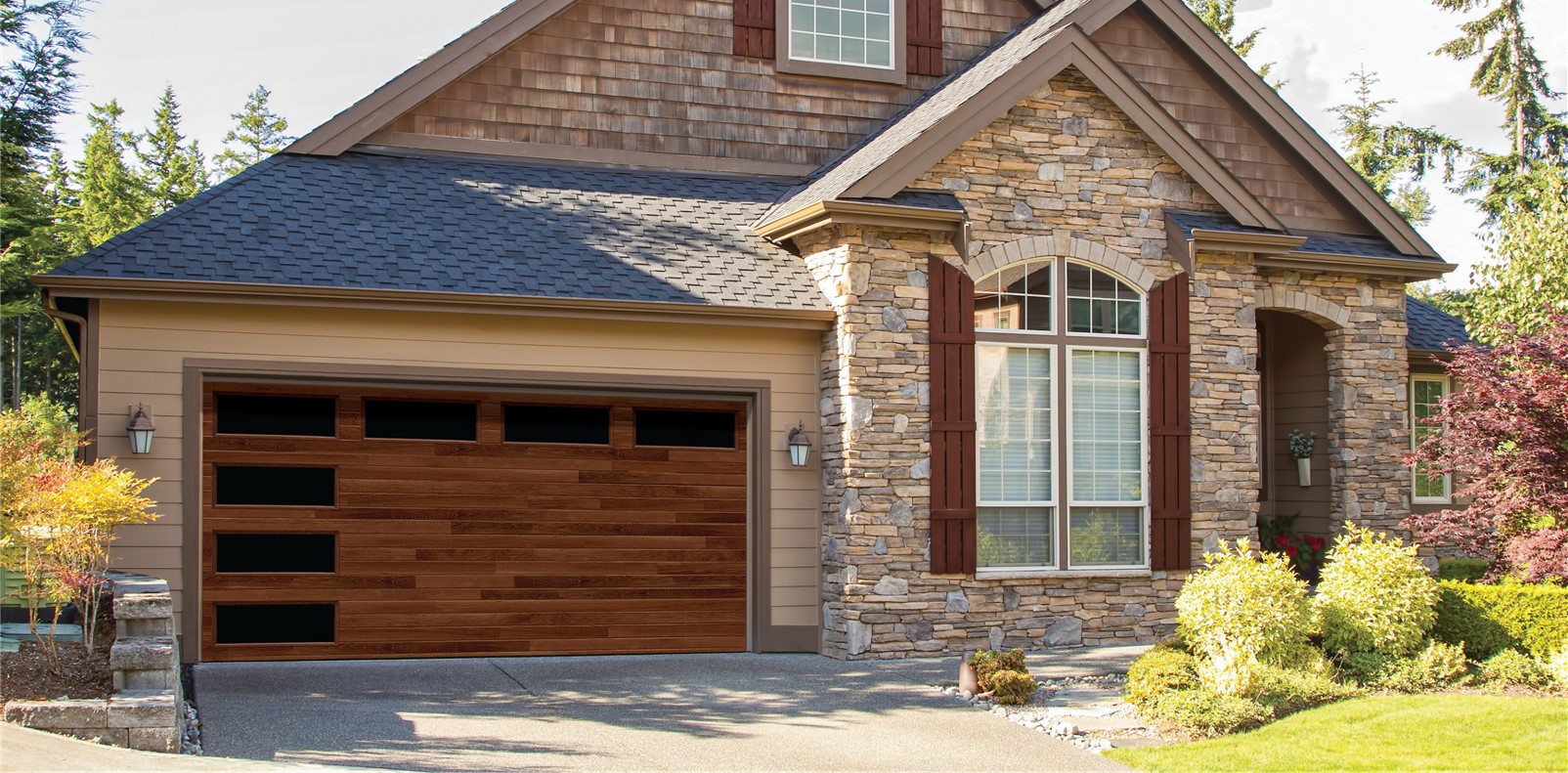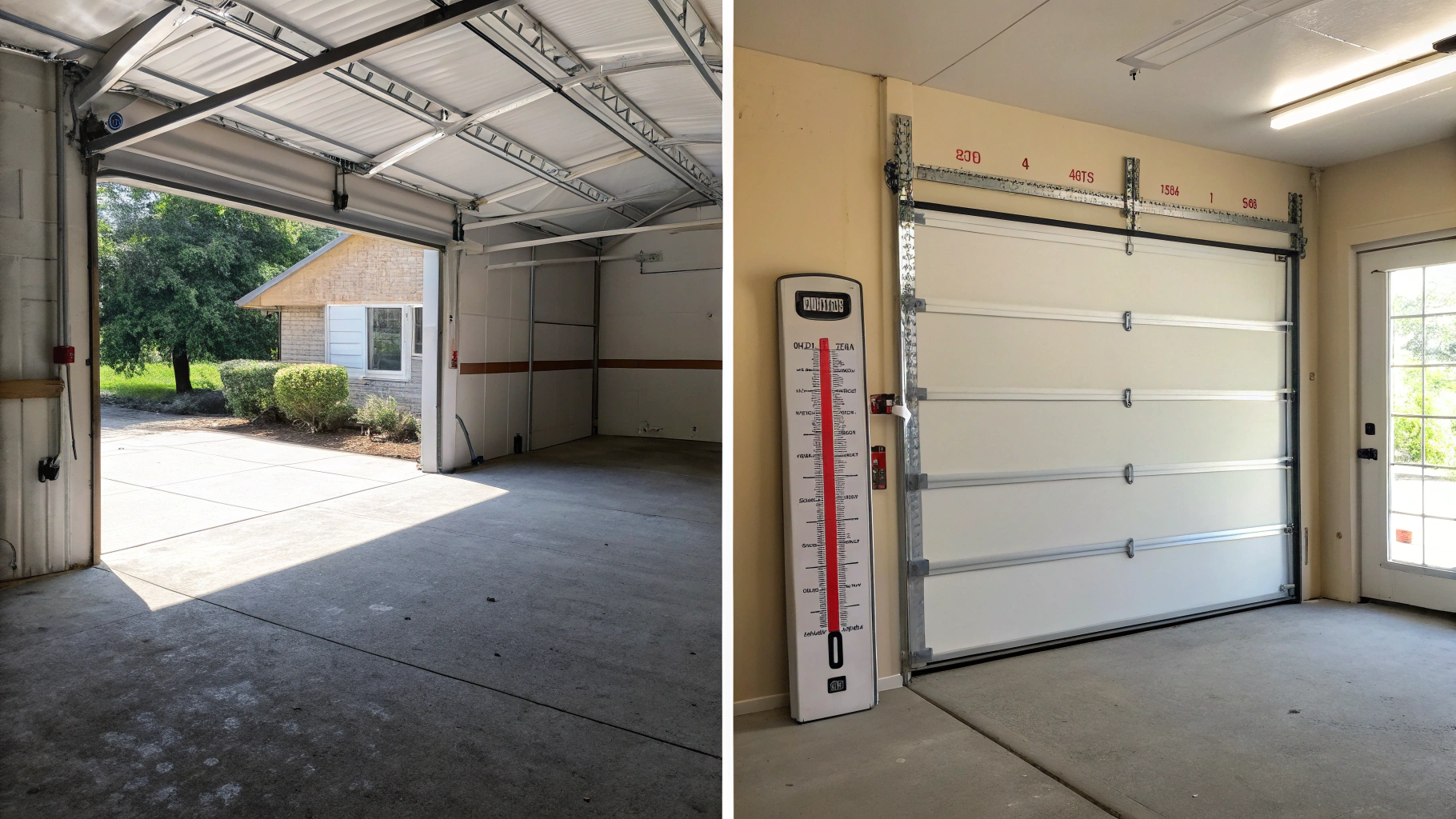Introduction
A drafty garage door can sabotage your home’s comfort and energy bills. This is something I learned firsthand after moving into my 1980s Michigan ranch. The turning point came when a neighbor recommended Wayne Dalton’s insulation kits. Within weeks, my garage transformed from an icebox into a space that stays 12°F warmer in winter. This Wayne Dalton garage door insulation kit review unpacks how their solutions stack up against competitors, what they cost, and how to install them like a pro.
Wayne Dalton’s Competitive Edge: Technology Meets Design
Wayne Dalton dominates the market with two insulation types tailored to different needs:
- Polyurethane Foam: Spray-applied foam fills every crevice, delivering R-20.4 heat resistance, which is the highest in its class. Independent testing confirms it reduces heat loss 30% better than standard panels 12. Ideal for harsh climates, it also muffles street noise by up to 40% 3.
- Polystyrene Panels: These lightweight boards (R-3.7 to R-7.4) suit moderate climates. At half the cost of polyurethane, they’re a solid choice for garages used mostly for storage 45.
Unlike brands that sacrifice style for efficiency, Wayne Dalton offers 20+ designs. My favorite is the Craftsman-style door with faux wood grain that boosted my home’s curb appeal 6.
Wayne Dalton vs Competitors: Heat Loss Ratings Exposed
| Feature | Wayne Dalton | Clopay |
|---|---|---|
| Max Heat Blocking | R-20.4 (spray foam) | R-9 (foam core) |
| Style Options | 20+ designs | 8 designs |
| Price | $1,200–$2,500 | $900–$2,000 |
| Certification | Industry heat loss test | None |
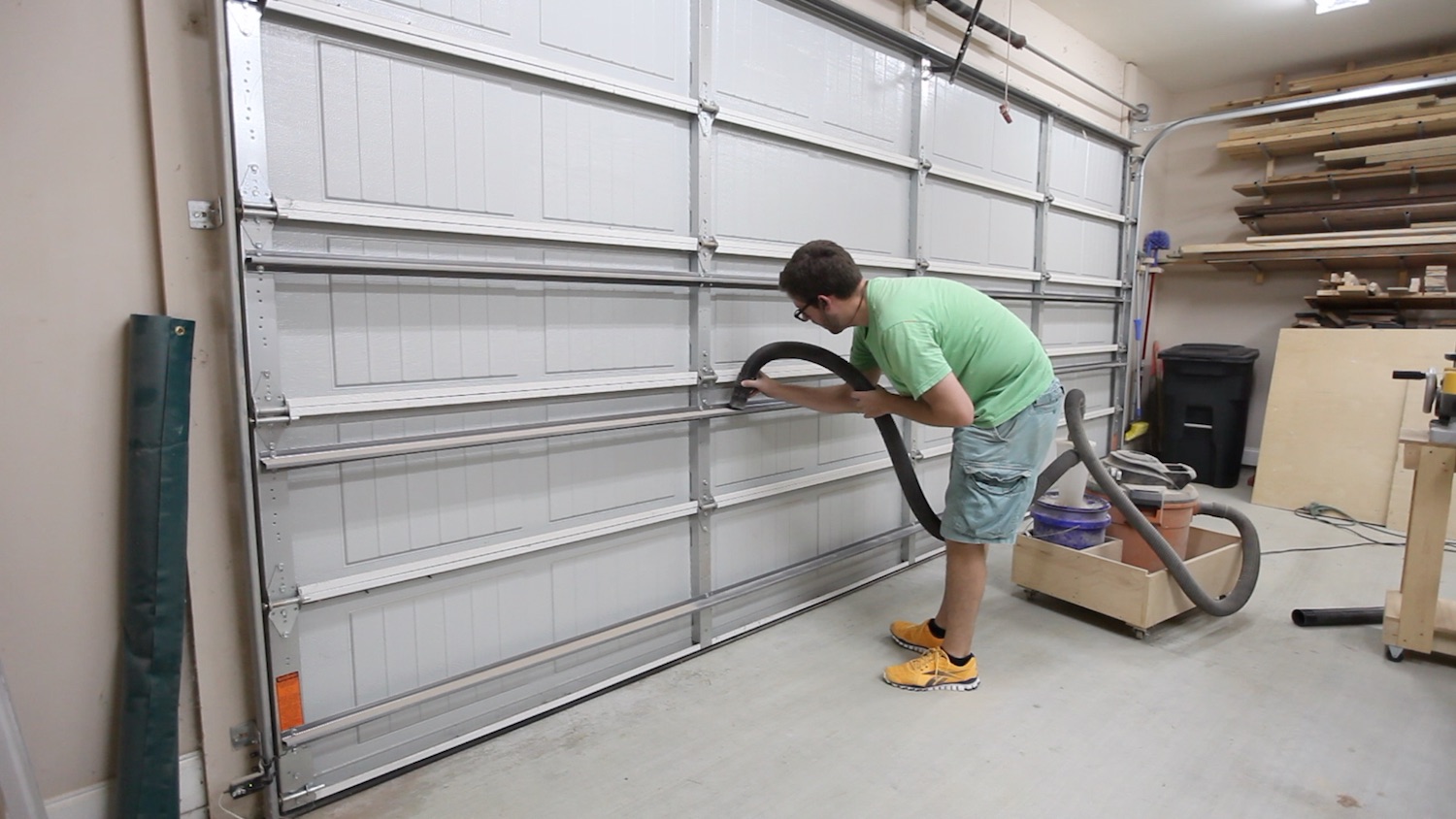
Clopay’s thermal-break tech works well, but Wayne Dalton’s certified performance (verified by third-party heat loss tests) justifies the price gap for cold-climate homeowners 7.
Garage Door Insulation Costs: Budgeting Your Project
- Materials: A 2-car poly-foam kit costs $154.15; full-door systems run $1,200–$2,500 89.
- Installation: Pros charge $300–$1,000, but DIY cuts this to $0 10.
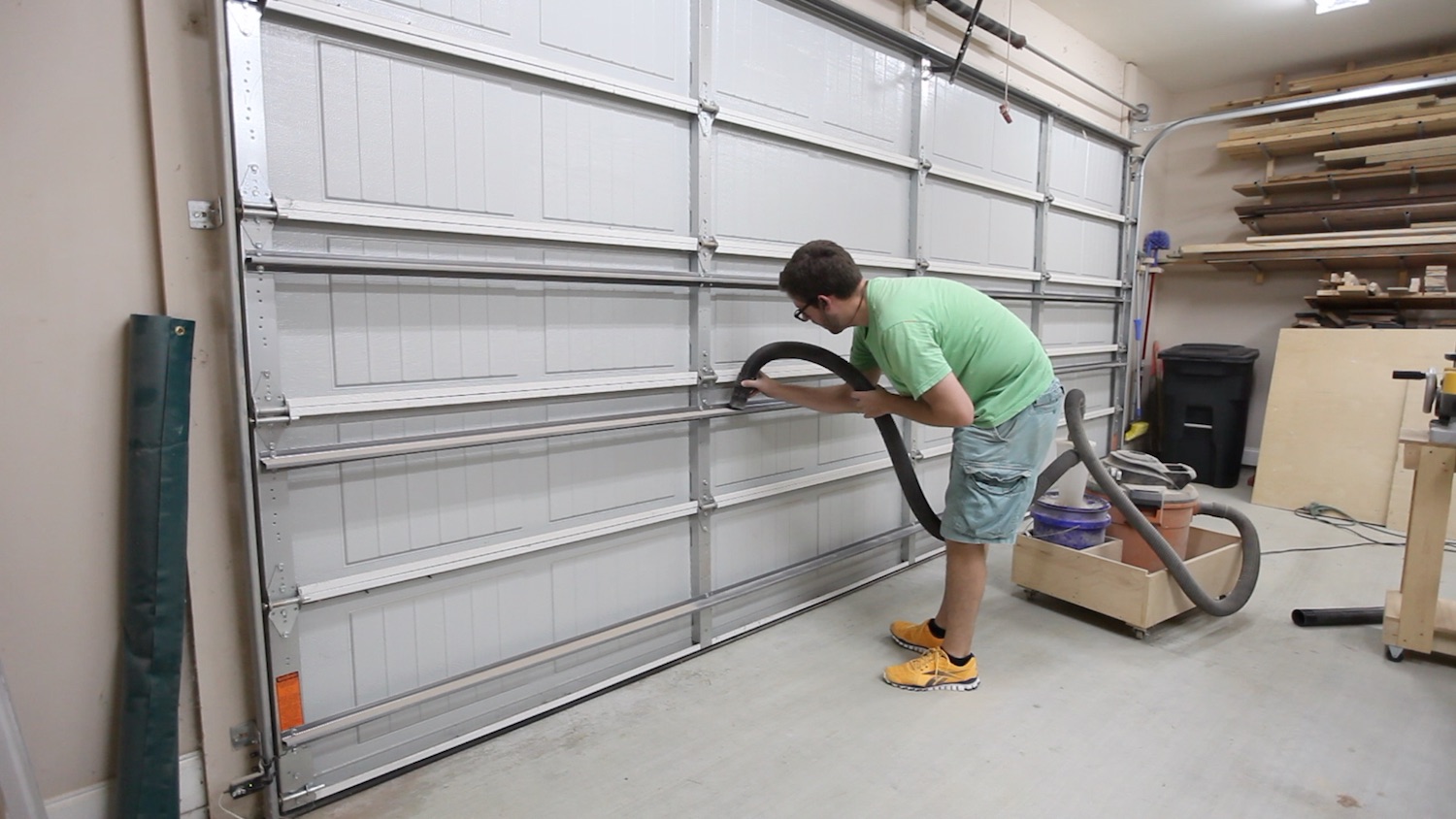
Pro Tip: My energy bills dropped 18% post-installation. At Michigan’s $1,500 average winter heating cost, that’s $270 saved yearly, paying back the investment in 4 years 1112.
DIY Wayne Dalton Garage Door Insulation: 6 Pro Steps
Clean Panels
Degrease with TSP cleaner so adhesive sticks properly 13.Measure Twice
Older doors often have uneven panels. Measure each section individually 14.Cut Precisely
Use a fresh utility blade on polystyrene. For spray foam, mask adjacent areas with plastic sheeting.Secure Firmly
Apply double-sided tape every 6 inches. Press panels for 30 seconds to activate the adhesive.Mind the Gaps
Leave ½” around hinges and rollers to prevent jams.Ventilate
Open windows when using spray foam. The fumes sting your eyes 15.
Material Showdown: When to Choose Polyurethane vs Polystyrene
Polyurethane
Best for:- Sub-zero winters
- Homes near busy roads
- Long-term savings (lasts 15+ years)
Polystyrene
Best for:- Mild climates
- DIYers on a budget
- Garages used as workshops/storage
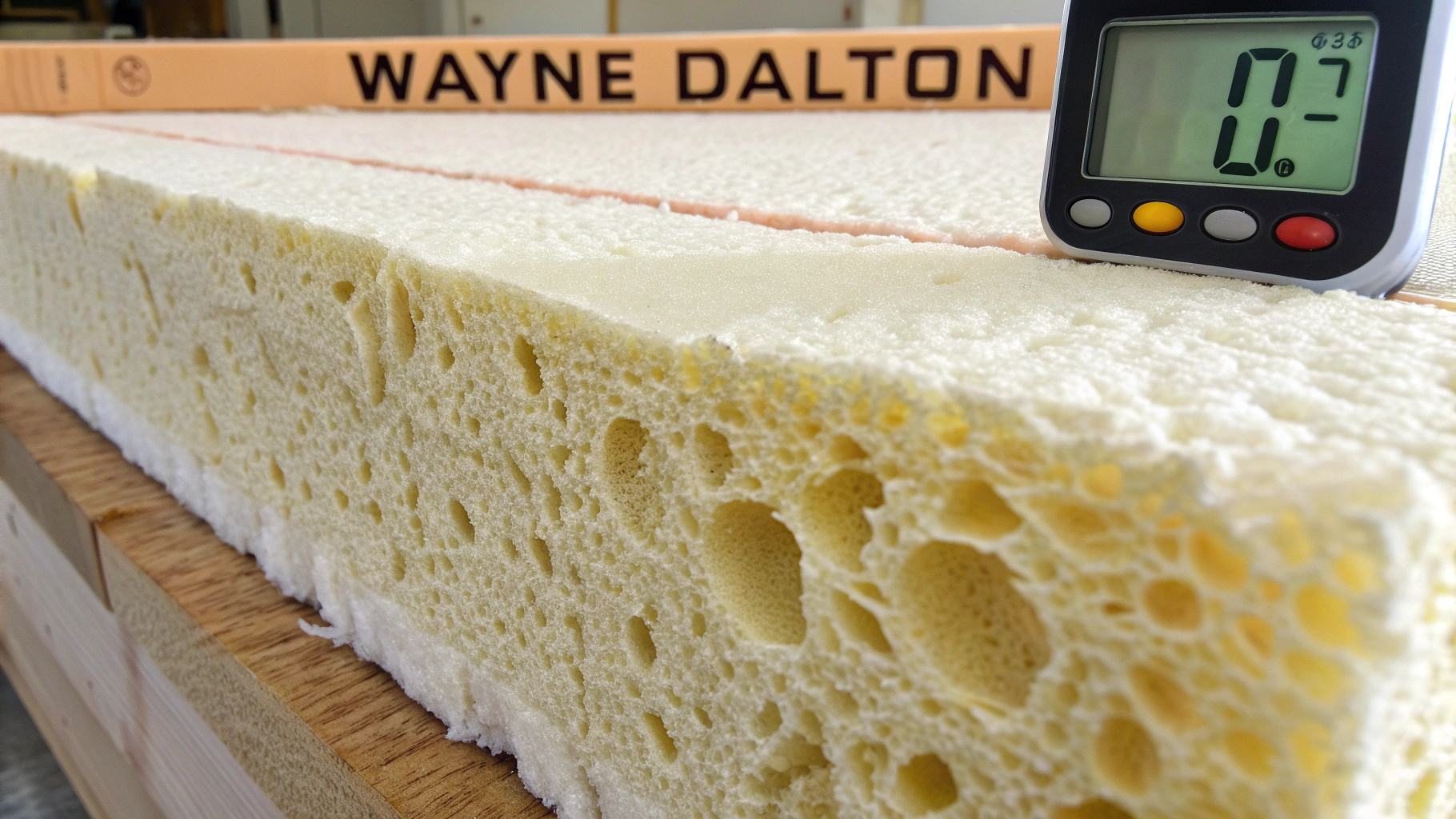
Reflective foil in Wayne Dalton’s polyurethane kits slashed my summer AC costs by 11% 617.
FAQ: Garage Door Insulation Costs and DIY Questions
Q: Can I insulate an existing door?
A: Yes, retrofit kits work on most steel doors. Avoid fiberglass models 18.
Q: How much R-value do I need?
A: Aim for R-12+ in Minnesota/Wisconsin; R-6 suffices in Texas 1920.
Q: Does insulation prevent garage door rust?
A: Indirectly. By reducing condensation, polyurethane slows corrosion.
Conclusion
Wayne Dalton’s garage door insulation kits solve three homeowner headaches: sky-high energy bills, noise pollution, and ugly doors. While Clopay offers cheaper options, Wayne Dalton’s certified heat blocking and design variety make it the smarter buy for harsh climates. Follow my DIY steps to install it right. Your back (and wallet) will thank you.
 Next Step: Use Wayne Dalton’s online calculator to estimate your savings, or visit a local dealer to feel the materials firsthand.
Next Step: Use Wayne Dalton’s online calculator to estimate your savings, or visit a local dealer to feel the materials firsthand.

